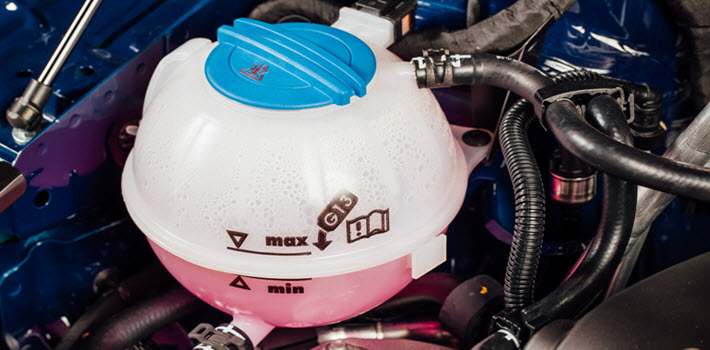
And you are ready for the road again.Ĭheck Out This Video With Fifth Gear Automotive Master Certified Technician Tim Edwards Once the Intake valley pan is replaced along with the intake manifold, the cooling system is recharged, and pressure checked to insure proper installation. The new coolant pipe has triple redundant inner seals, is made of anodized aluminum tubing that resists corrosion and is fully serviceable. The assembled, and slightly collapsed, coolant pipe is greased and slid into position against the timing cover first and extended into the rear block and locked into using aluminum shims and ring grooves in the tube. The old seals are removed, and the galleries are cleaned and lubricated in preparation for the new seals and tube. Once the factory coolant pipe has been exposed it is cut with a small saw and removed. (see photo) This process takes a fraction of the time that would be needed to remove the water pump, valve/cylinder covers, and timing cover and chain.

This new collapsible only requires our Certified Mechanics to drain the cooling system, remove the intake manifold and other related components to expose the intake valley pan and then remove the intake pan so the factory coolant pipe is exposed. With the help of URO Parts, who developed a collapsible coolant transfer pipe as compared to the factory designed one-piece solid tube. Therefore, a job that only recently would have cost in the neighborhood of $8-10,000 can now be accomplished for just under $2,000. State-Of-The-Art-Solutionįifth Gear Automotive has recently implemented a state-of-the-art solution that not only provides a better than OEM part solution, it requires a third of the labor hours to complete and does not require any major engine disassembly and is less evasive to engine. In the end this repair could run in the $8-10,000 range. This could result in up to 40-60 hours of labor and subsequent parts that could add up to an additional $800, or more. Until recently the repair for the leaking coolant transfer pipe was to completely disassemble the engine including the water pump, valve/cylinder covers, and timing cover and chain. This failure can occur as early as 40,000 miles on the BMW models and years listed below: (see photo) This corrosion allows for the leak around the seal that results in coolant leaking from the weep hole in the engine block, noted above. The failure occurs primarily due to corrosion caused by an electro chemical reaction between the coolant, metal and rubber seals over time. The cause of this leak is that the original factory installed coolant transfer pipe’s bonded seal has failed. BMW provides a handy 5mm weep hole on the front of engine block that will indicate if you have a leak because your coolant transfer pipe is failing.

BMW N62 Coolant Leak from The Coolant Transfer Pipeĭoes your BMW N62 V8 have a coolant leak from the coolant transfer pipe? The first step is to diagnose your leak correctly.


 0 kommentar(er)
0 kommentar(er)
